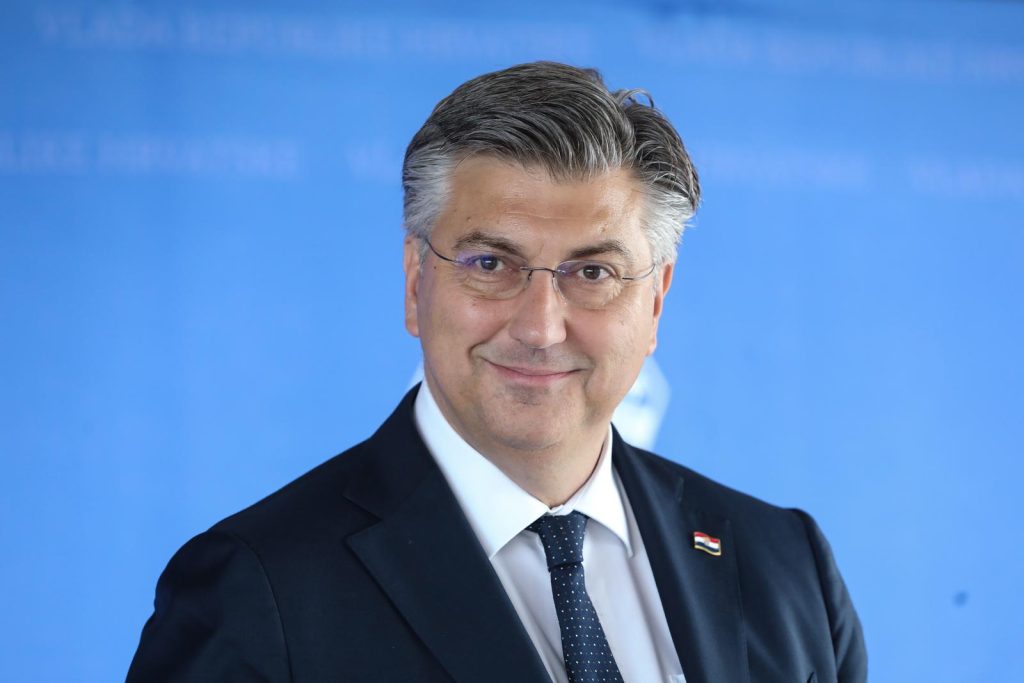September 13, 2023 – Prime Minister Andrej Plenković pointed out on Tuesday that in 10 years of membership in the EU, Croatia has gained 12 billion euros. This is his calculation of what Croatia paid for its membership as opposed to what it got out of it. Compared with other members, it is ranked 14th according to how well it used its EU funds.
So far, Croatia has paid 5.2 billion euros into the European budget and has withdrawn 17.1 billion, said Plenković at the opening of the Conference on the Future of Cohesion Policy after 2027, writes 24Sata.
Croatia’s EU membership is not just about “taking money from the rich.”
The Prime Minister pointed out that this means Croatia has a surplus of almost 12 billion euros. However, he believes it is wrong to only talk about making money as the advantage of membership in the European Union; that is, it is not just “taking money from the rich.”
“The European Union is, first of all, a community of rights, a community of values, a community that is the most developed in the world, a community that we wanted to enter,” he said.
He also emphasized that Croatia will fully use the funds available to it from the old financial framework as well as the next-generation EU Instrument through the National Recovery and Resilience Plan, as it did with the funds from the Solidarity Fund.
He announced that it would also do this by absorbing funds from the new financial perspective.
In the fourth decade of independence, Croatia has EUR 25 billion at its disposal, which is the highest amount of EU funds so far. Concerning Croatia’s current position, he said that the country is currently in 14th place in terms of the use of funds. In the perspective that is now nearing its end, it has used 88 percent of the funds so far.
“The goal of the cohesion policy in Croatia is to bring together our national development priorities, to accelerate the transformation of Croatia in all possible segments, to contribute to the creation of jobs, and to contribute to greater investments,” said Prime Minister Plenković.
Today, explained Prime Minister Plenković, the cohesion policy is implemented in parallel with the EU Instrument of the next generation.
He reminded that in 2013 Croatia was at 51 percent of the European Union average; in 2016 it was at 62 percent, while today it is at 73 percent. Growth of 11 percent means that Croatia grew faster than others and is catching up with more developed countries, he added. The right opportunity to summarize the overall benefits of membership will be in 2030 after Croatia has fully utilized the two financial perspectives.
Croatia’s GDP has grown by 20 billion euros since 2016
The best example of this growth, emphasized Prime Minister Plenković, are indicators of gross domestic product (GDP). It was 10,900 euros per inhabitant in 2015, and 17,500 euros last year.
In absolute terms, GDP grew by 20 billion euros from 2016 to 2023, from 47 billion euros to 67 billion euros, Plenković pointed out.
In the new financial perspective, Plenković emphasized, the Government has decided to give part of the funds, 680 million euros, directly to the cities that are the centers of counties because it finds the policy of decentralization and balanced regional development to be important.
The Prime Minister was accompanied by Minister of Regional Development and European Union Funds Šime Erlić, Minister of Economy and Sustainable Development Davor Filipović and Minister of Labour, Pension System, Family, and Social Policy Marin Piletić, while Vice President of the European Commission Dubravka Šuica joined the Conference via video message.









